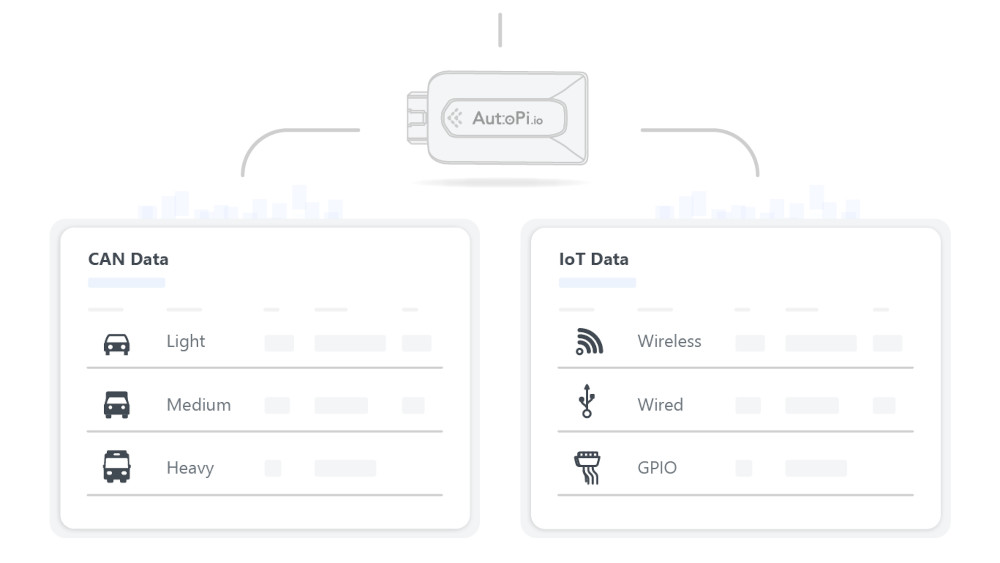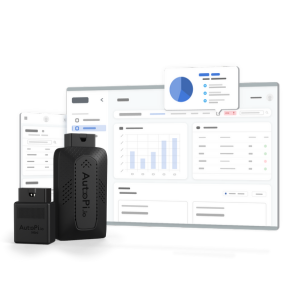Have you ever paused to consider the incredible number of devices that connect us to the world and to each other? It's staggering to think that by 2025, the planet will be home to over 75 billion connected devices. This isn't just a statistic; it's a vivid illustration of the profoundly interconnected era we are living in. But amidst this digital tapestry, a critical question arises: how do we manage this ever-growing constellation of devices effectively?
Welcome to the world of IoT device management – an unsung hero in the narrative of our digital evolution. It’s the silent force ensuring that the devices we rely on daily, from the smartphones in our hands to the sophisticated systems running smart cities, operate harmoniously. But device management is more than just a technical necessity; it's the heartbeat of our digital ecosystem, critical in maintaining the balance between functionality and security.
Be sure to stick with us to the end, as we delve into how you can adeptly manage this vast array of devices. Let’s dive right into the heart of device management and discover its crucial role in our digital world.
What is IoT Device Management?
In the simplest terms, IoT device management refers to the process of administering, monitoring, and maintaining various types of electronic devices. At its core, it involves a range of activities focused on ensuring that these devices function as intended, remain secure, and can be efficiently controlled and updated.
While device management can encompass a wide array of gadgets and systems, its relevance is particularly pronounced in the context of connected or 'smart' devices. This includes everything from personal devices like tablets and wearables to more complex entities such as network routers, IoT devices, and even large-scale industrial machinery.
The essence of device management lies in its ability to provide a centralized framework for overseeing these devices. It involves tasks like;
-
configuration management, which ensures that devices are set up correctly and consistently;
-
performance monitoring, which involves tracking how devices are functioning in real-time;
-
and security management, which includes protecting devices from external threats and ensuring data privacy.
With the advent of cloud computing and the Internet of Things (IoT), device management has taken on new dimensions. It now involves more advanced capabilities like remote troubleshooting and support, software updates and patch management, and the collection and analysis of vast amounts of data generated by these devices.
Thus, device management is not just a technical process but a strategic approach to maximizing the effectiveness and longevity of a wide array of devices that are integral to our daily lives and the functioning of various sectors.

How Does IoT Device Management Work?
IoT device management operates through a blend of software, hardware, and network protocols designed to maintain and control devices efficiently. The process begins with the deployment of a device management solution, often in the form of specialized software. This software communicates with the devices through various protocols, depending on the device's nature and the network it operates on.
Once a connection is established, the device management software can perform a multitude of functions. It can send configurations and settings, ensuring that each device operates according to predefined specifications. This is crucial for maintaining consistency across multiple devices. The software also continuously monitors the performance and health of the devices, alerting administrators to any issues or potential failures.
Another key aspect of device management is the ability to update and maintain devices remotely. This includes pushing software updates, security patches, or changes in configuration settings. Such remote capabilities are essential for managing large fleets of devices or devices located in hard-to-reach areas.
IoT Device Management Example
Let's delve into a scenario that showcases the device management capabilities of AutoPi Cloud, particularly focusing on managing device behavior.
In a fleet of vehicles, each fitted with an AutoPi telematics device, the fleet manager utilizes AutoPi Cloud for centralized management. The advanced settings in AutoPi Cloud allow the manager to control the behavior of each device in the fleet.
-
For example, in a delivery truck that's required to operate in a temperature-sensitive environment, the manager sets up the AutoPi device to monitor cabin temperature and adjust the air conditioning system automatically to maintain optimal conditions for the cargo.
Furthermore, the manager can enable specific functionalities such as geofencing, where the AutoPi device alerts if the vehicle deviates from its designated route, enhancing security and operational compliance.
-
In another scenario, for vehicles used in high-traffic areas, the device settings are adjusted to collect more frequent GPS and telematics data, providing better insights into traffic patterns and enabling more efficient route planning.
With AutoPi Cloud's advanced settings, the manager not only ensures each vehicle operates within its optimal parameters but also gains the ability to customize and adapt the behavior of each device based on specific vehicle roles and requirements. This level of detailed control and customization underscores the power and flexibility of modern device management systems.
|
Step
|
Description
|
|---|---|
| Step 1: Behavior Configuration | Set up and configure the behavior of devices in the fleet using AutoPi Cloud. This includes initializing device settings for optimal performance. |
| Step 2: Rule Definition | Define specific rules for each vehicle or device. This could involve enabling/disabling functions, setting alarms, and customizing operational parameters. |
| Step 3: Data Management | Manage how data is formatted and where it is sent. Ensure efficient data flow and storage, tailoring the data handling to suit fleet needs and compliance requirements |
| Step 4: Analytics and Insights | Utilize AutoPi Cloud's capabilities to monitor device behavior. Analyze the data to identify patterns, anomalies, or potential issues in real-time. |
| Step 5: Optimization and Security | Make informed decisions to optimize fleet performance based on analytics insights. Enhance security measures and proactively address any identified risks or inefficiencies. |
In this scenario, AutoPi Cloud's device management functionalities not only prevent a potential vehicle breakdown but also ensure uninterrupted fleet operations, showcasing the practical, real-world benefits of effective device management.
Why Should You Invest in IoT Device Management?
In today's fast-paced digital world, the ability to efficiently manage the plethora of devices we depend on is not just a convenience; it's a necessity. Device management offers a multitude of benefits that can transform how organizations and individuals interact with technology.
-
Enhanced Security: One of the most critical benefits of device management is the enhanced security it provides. In an age where cyber threats are constantly evolving, having a robust device management system means you can quickly deploy security updates, monitor for suspicious activities, and ensure that all devices comply with the latest security standards. This proactive approach to security not only protects sensitive data but also fortifies the entire network against potential breaches.
-
Improved Operational Efficiency: Device management streamlines various operational processes. By automating tasks like software updates, data synchronization, and routine maintenance checks, it significantly reduces the time and effort required to manage devices manually. This automation ensures that devices are always running the latest software, minimizing downtime and keeping productivity high.
-
Better Resource Allocation: With device management, resources can be allocated more effectively. By monitoring device performance and usage patterns, businesses can identify underutilized devices and redistribute them where needed. This optimization of resources leads to cost savings and ensures that every device is used to its full potential.
-
Data Insights and Analytics: Device management tools often come equipped with analytics capabilities, providing valuable insights into device performance and usage. This data can inform decision-making, helping to identify trends, pinpoint inefficiencies, and guide strategic planning.
-
Remote Management and Troubleshooting: The ability to manage and troubleshoot devices remotely is particularly beneficial for businesses with multiple locations or those utilizing remote work models. It allows IT teams to address issues without being physically present, saving time and reducing operational disruptions.
Key Takeaway
That marks the end of our exploration into device management is its undeniable importance in today's digital era. It's not just a technical need but a strategic imperative. Effective device management ensures operational efficiency, enhances security, and leverages technology's full potential.
In an age where the number and complexity of connected devices are rapidly increasing, embracing robust device management is essential. It transforms potential challenges into streamlined, secure, and productive assets, aligning technology use with organizational and personal goals.
Therefore, staying updated with device management trends and continually adapting strategies to meet evolving requirements is crucial. This approach not only guarantees optimal device performance but also paves the way for a more efficient, secure, and technologically advanced future.
If you find this topic intriguing, be sure to explore our AutoPi Cloud guide to discover the extensive capabilities it offers.





